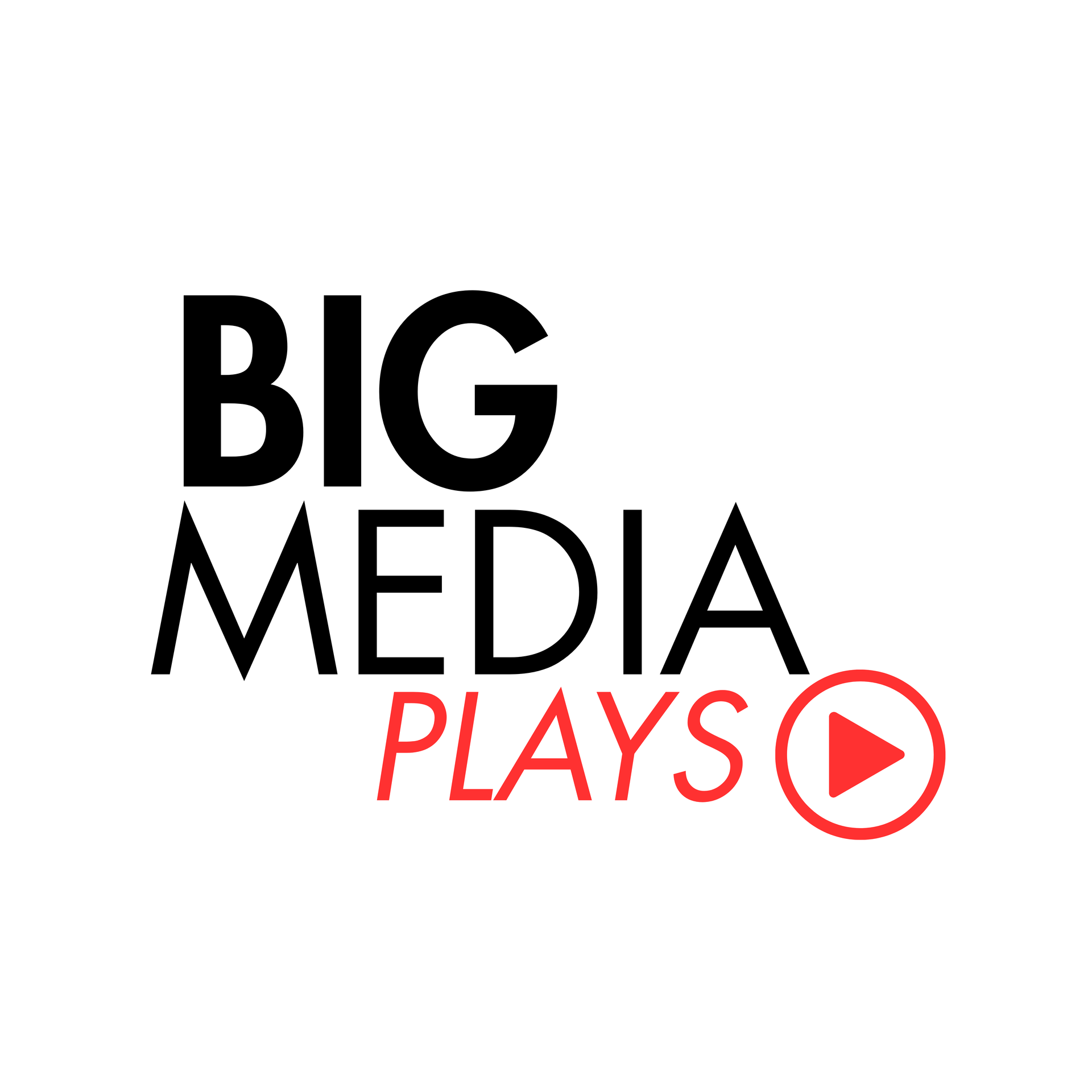Vanity Metrics and Your Business
Lisbet Newton • September 15, 2025
Stop Chasing Vanity Metrics: The Real KPIs That Drive Profit

As a business owner, you’re constantly bombarded with marketing data. Clicks, impressions, reach, engagement rate, followers—the list is endless. While these numbers can feel important, they often function as "vanity metrics." They look good on a report but do little to tell you the one thing you actually need to know: Is my marketing spending making me money?
Spending thousands on a campaign that generates a lot of likes but no new customers isn't a strategy; it's a liability. True growth comes from understanding the direct line between your marketing dollars and your bottom-line profit. It’s about moving from tracking activity to measuring real-world impact.
This guide will walk you through a simple, powerful framework to do just that. We'll start with the essential funnel metrics your marketing partner should be providing, move to the ultimate ROI calculation that every CEO needs to know, and finally, introduce a pro-level concept called Cohort ROI that will change the way you view your investments forever.
## Step 1: The Foundation - Your Key Marketing Funnel Metrics
Before you can measure profit, you need to understand the efficiency of your marketing funnel. These three metrics are the bedrock of any serious campaign. They tell the story of how effectively your spend is converted into tangible opportunities.
Cost Per Lead (CPL)
This is the most basic metric, showing what you pay for every single inquiry, regardless of quality. It’s your top-of-funnel cost.
Calculation: Total Marketing Spend / Total Number of Leads
Example: If you spend $20,000 and generate 100 leads, your CPL is $200.
CPL=
Total Number of Leads
Total Marketing Spend
=
100
$20,000
=$200
Cost Per Qualified Lead (CPQL)
This is where the data gets smarter. A "lead" could be anyone—a competitor, a job seeker, or someone outside your service area. A "qualified lead" is someone who is a genuine potential customer. Filtering for this is crucial.
Calculation: Total Marketing Spend / Number of Qualified Leads
Example: If only 80 of those 100 leads are actual potential customers, your CPQL is $250.
CPQL=
Number of Qualified Leads
Total Marketing Spend
=
80
$20,000
=$250
Customer Acquisition Cost (CAC)
This is the single most important marketing metric. It answers the ultimate question: What did it cost us to get a new paying customer? This is the number that connects your marketing department directly to your sales board.
Calculation: Total Marketing Spend / Number of New Customers Acquired
Example: If those 80 qualified leads result in 10 signed contracts, your CAC is $2,000 per customer.
CAC=
Number of New Customers Acquired
Total Marketing Spend
=
10
$20,000
=$2,000
With these three numbers, you've already moved past 90% of the vanity metrics and have a clear view of your marketing engine's efficiency. But CAC only tells you the cost. Now, let's determine if that cost was worth it.
## Step 2: The Ultimate Scorecard - Connecting Marketing to Business Profit
Knowing it costs $2,000 to acquire a new customer is only half the story. If that customer only brings in $1,000 of profit, you have a failing strategy. If they bring in $7,000, you have a growth machine. This is where you translate your CAC into a true, undeniable Return on Investment (ROI).
Let's continue with our example, imagining we are a Houston-based roofing company that spent $20,000 on marketing to acquire 10 new roof replacement jobs.
Calculate Total Revenue Generated
Take the number of customers you acquired and multiply it by your average transaction value.
Example: 10 Jobs Acquired * $20,000 Average Job Value = $200,000 in Revenue
Calculate Gross Profit from that Revenue
Revenue isn't profit. You must subtract your Cost of Goods Sold (COGS)—for a roofer, that’s materials, labor, etc. A typical gross profit margin in this industry is 30-40%.
Example: $200,000 Revenue * 35% Gross Margin = $70,000 in Gross Profit
Calculate Net Return on Marketing Spend
Now, simply subtract the original marketing investment from the gross profit to find your net gain.
Example: $70,000 Gross Profit - $20,000 Marketing Spend = $50,000 Net Return
Calculate the Final ROI Percentage
This is the number that belongs on the boardroom whiteboard. It tells you exactly how much you earned for every dollar you spent.
Calculation: (Net Return / Marketing Spend) * 100
Example: ($50,000 / $20,000) * 100 = 250% ROI
A 250% ROI is a clear, unambiguous win. It tells you that for every $1 you gave to the marketing campaign, you got $2.50 back in pure profit. This is the language of business growth.
## The Pro-Level Strategy: Understanding Cohort ROI
The 250% ROI calculation is powerful, but it's still just a snapshot in time. It measures the immediate return from a campaign but misses the critical long-term value of the customers you acquired. This is where the concept of Cohort ROI comes in.
A "cohort" is simply a group of customers acquired during the same period from the same marketing effort. In our example, the 10 roof replacement jobs acquired in September would be our "September Marketing Cohort."
Instead of just measuring their initial value, Cohort ROI tracks the total profit that specific group of customers generates over a longer period—three months, six months, or even a year.
Why does this matter?
Referrals: What if one of those 10 happy customers refers their neighbor in December? That new job's profit is a direct result of the initial September marketing spend.
Upsells & Repeat Business: What if another customer from the cohort hires you for a gutter cleaning service in the spring? That additional profit should be credited back to the campaign that originally won them over.
Let's see how this changes the math for our roofer:
Month 1 (Initial ROI): The September cohort generated $70,000 in gross profit. The ROI is 250%.
Months 2-12 (Cohort Tracking): Over the next year, that same group of 10 customers generates an additional $10,000 in gross profit through one referral and a few small repair jobs.
New Total Gross Profit: $70,000 (Initial) + $10,000 (Long-Term) = $80,000
Now, let's recalculate the ROI for the September Cohort with this new data:
New Net Return: $80,000 Gross Profit - $20,000 Marketing Spend = $60,000
New Cohort ROI: ($60,000 / $20,000) * 100 = 300% ROI
By tracking performance over time, you realize the marketing campaign was even more successful than you initially thought. This approach provides a far more accurate picture of which marketing channels are bringing in not just customers, but high-value, long-term clients.
## Know Your Numbers, Own Your Growth
Moving your focus from vanity metrics to profit-driven KPIs is the most important strategic shift you can make. Master your CPL, CPQL, and CAC to understand efficiency. Insist on calculating true, profit-based ROI to measure success. And finally, adopt Cohort ROI to reward and scale the channels that deliver sustainable, long-term value.
At Big Media Plays, we don't build campaigns around clicks and impressions. We build them around your bottom line. We focus on the metrics that matter, so you can focus on what you do best: running your business.



